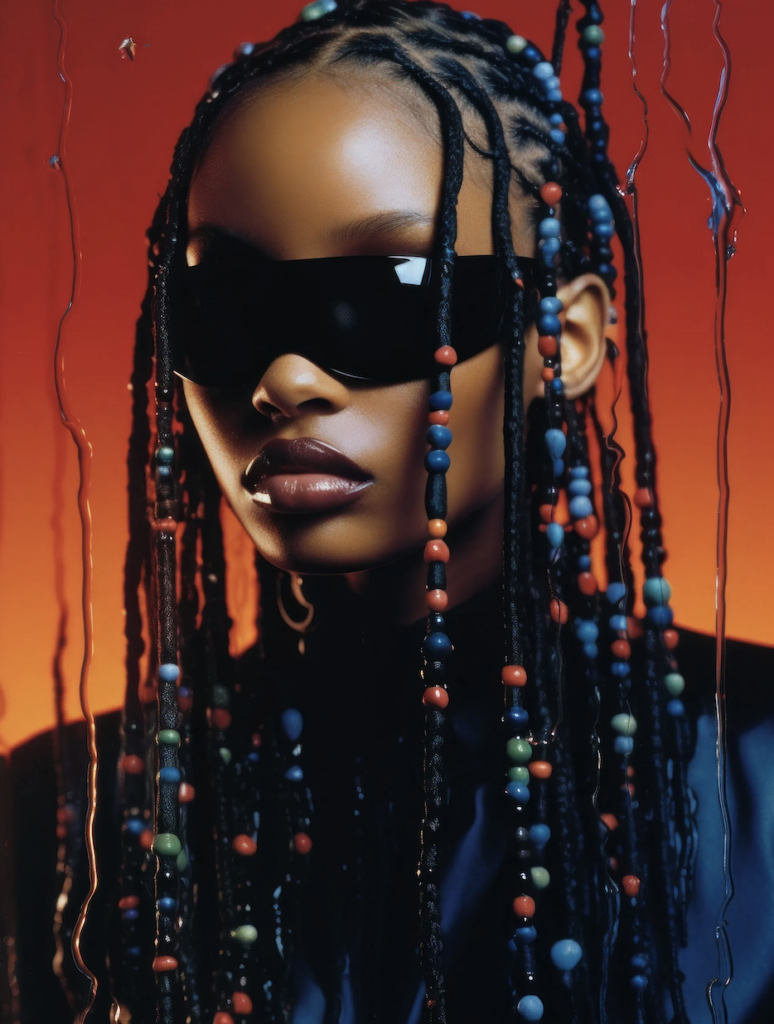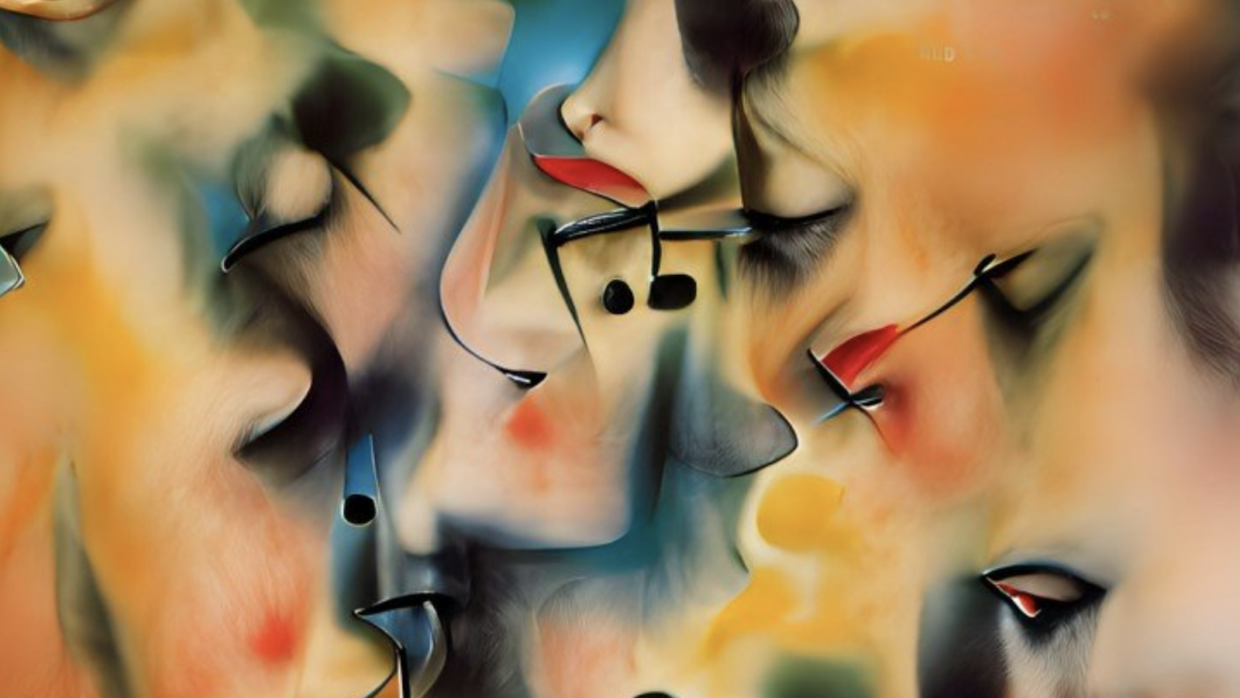Gucci is leaning further into its artistic roots. On Tuesday this week, the Maison kicked off its latest initiative, “Future Frequencies: Explorations in Generative Art and Fashion,” which merges high fashion and contemporary art through generative art and artificial intelligence (AI).
As part of the project, which runs from June 18 to 25, the luxury titan commissioned 21 artworks from a number of Web3-native creatives to be sold at leading auction house Christie’s in the form of NFTs.
Participating in the project are artists Claire Silver, Emi Kusano, Tyler Hobbs, Minne Atairu, and digital couture fashion platform Draup. The event is accompanied by an exhibition of the physical works at Christie’s Rockefeller Center in New York.
Each artist was tasked with “creating a fusion of disparate ecosystems,” according to Gucci’s website. That involves overlaying the industrial field of garment design and production onto the worlds of generative art and AI.
Starting bids range from $1,800 to $417,000.
“The way Gucci is approaching this auction seems like a natural evolution of this work, and I appreciate that they’ve combined works from more established digital artists like Tyler Hobbs with those from the likes of rising stars like Luke Shannon (who created one of my absolute favorite pieces for sale) and ourselves,” Daniella Loftus, founder of Draup tells Jing Daily.

Gucci has commissioned 21 digital artists to reimagine the interplay between fashion and art through generative technologies. Photo: Minne Atairu
The auction is being hosted via Christie’s 3.0, Christie’s dedicated Web3 platform that launched in September last year. All transactions made on the channel are recorded on the blockchain.
The idea behind the platform is to “offer the public the opportunity to collect exceptional NFTs in the way they are meant to be transacted, on-chain,” director of digital art sales at Christie’s Nicole Sales Giles told The Art Newspaper last year.
The auction is also being showcased via Gucci’s Vault Art Space, a gallery and marketplace designed by the brand to empower contemporary creatives as they explore the intersection of fashion, art, and technology.
While some of the artworks, like Claire Silver’s, were created using text-to-image-based generative AI and machine learning, Draup used a code-based generative art system to design its one-of-a-kind couture gown.
All eyes on generative AI’s billion-dollar potential
When it comes to Gucci, it’s never just been about the clothes. Its intimate association with the art world, such as initiatives including Gucci Art Walls and its ‘Artist In Residence’ program, have played an important role in elevating the brand from just another fashion house to a radical cultural trailblazer.
The house is now taking its love affair with the arts to a new high, marrying its patronage with its penchant for Web3 and cutting-edge tech like AI.
As for generative AI, its economic potential is becoming apparent. The segment has grown strongly, reaching a market value of $10.79 billion in 2022, according to global market research firm Precedence Research. The company also forecasts the market will hit around $118 billion by 2032, growing at a CAGR of 27 percent from 2023 to 2032.
But the recent AI boom has sparked buzz and stoked fear. With speculation surrounding AI dominating the mainstream media’s agenda, endorsement from a fashion brand as prominent as Gucci may encourage skeptics to reconsider the tech’s potential, and push the envelope of artistry.
“Having a mainstream fashion player like Gucci so actively lean into this provides a signal to the fashion community that digital fashion is important and should be watched,” Loftus says. “Just as the Christie’s brand gives digital/Web3 players the stamp of approval from a fine art perspective, Gucci’s involvement is a sign-off on both the qualities of the works, and the space as a whole, from a traditional fashion perspective.”



